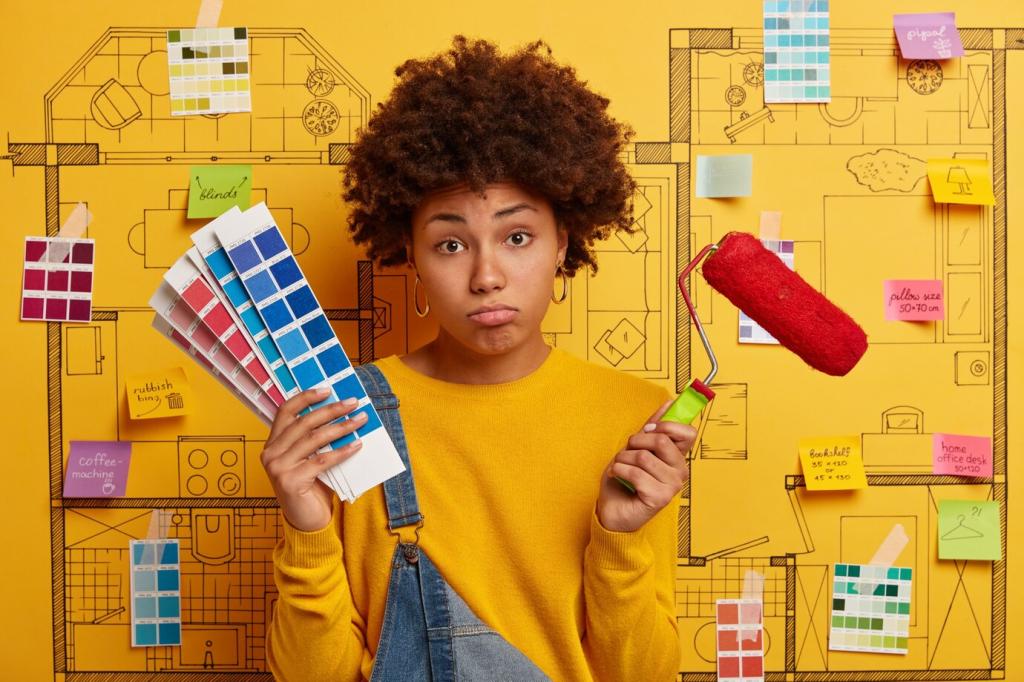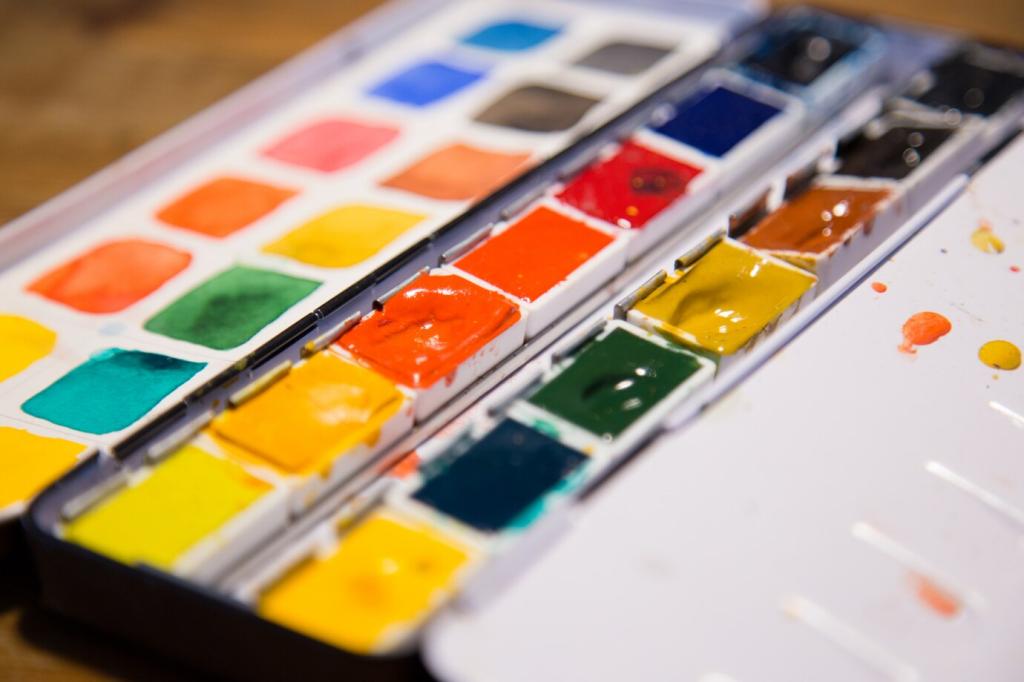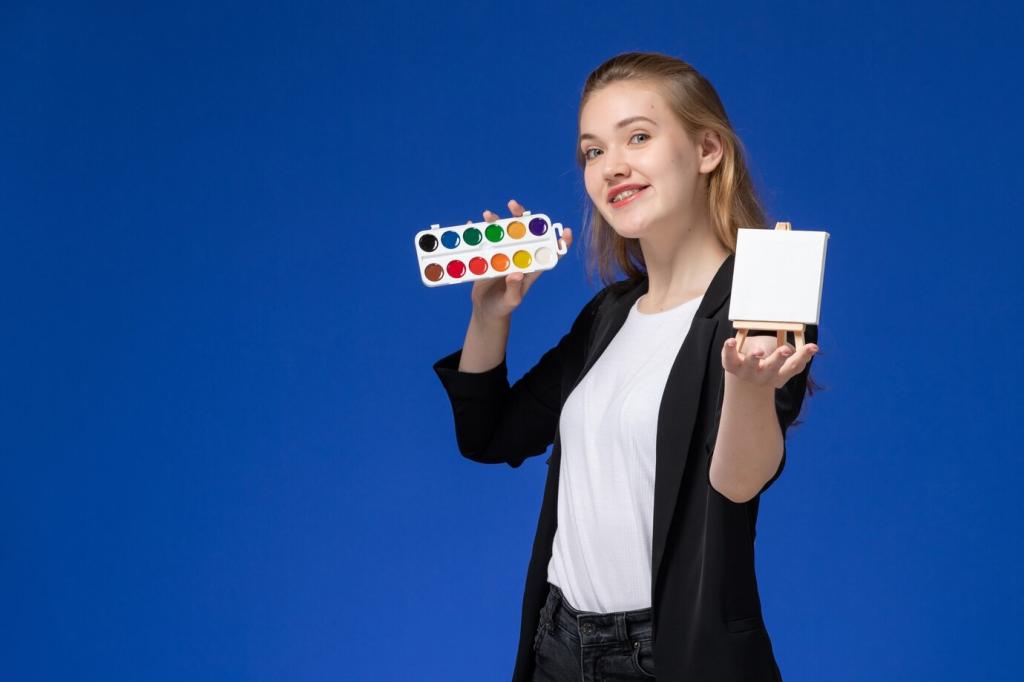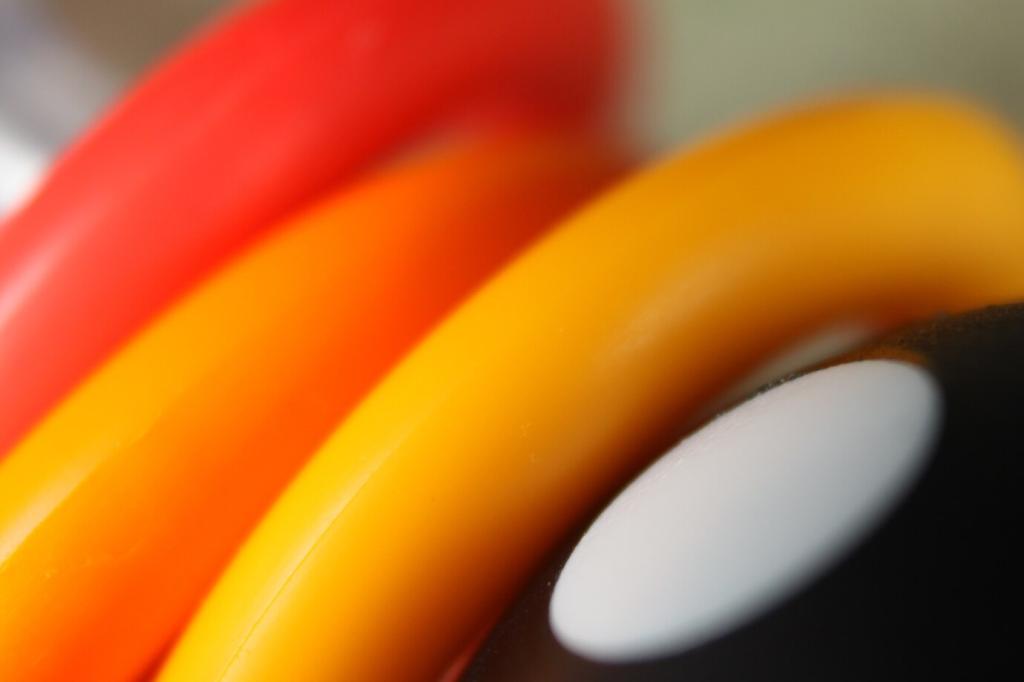Light, Shadow, and Temperature Behavior
Under warm sunlight, shadows usually skew cooler. Observe a lemon on a windowsill: the lit side glows golden; the shadow tints toward blue-violet. Paint from life and note subtle shifts—then comment with what pigments captured the effect best.
Light, Shadow, and Temperature Behavior
Fluorescents or overcast skies often cool the light, nudging shadows warmer by comparison. Try a rainy-day street scene and notice brick walls glowing gently within gray air. Share your process shots and ask readers which step felt most surprising.








